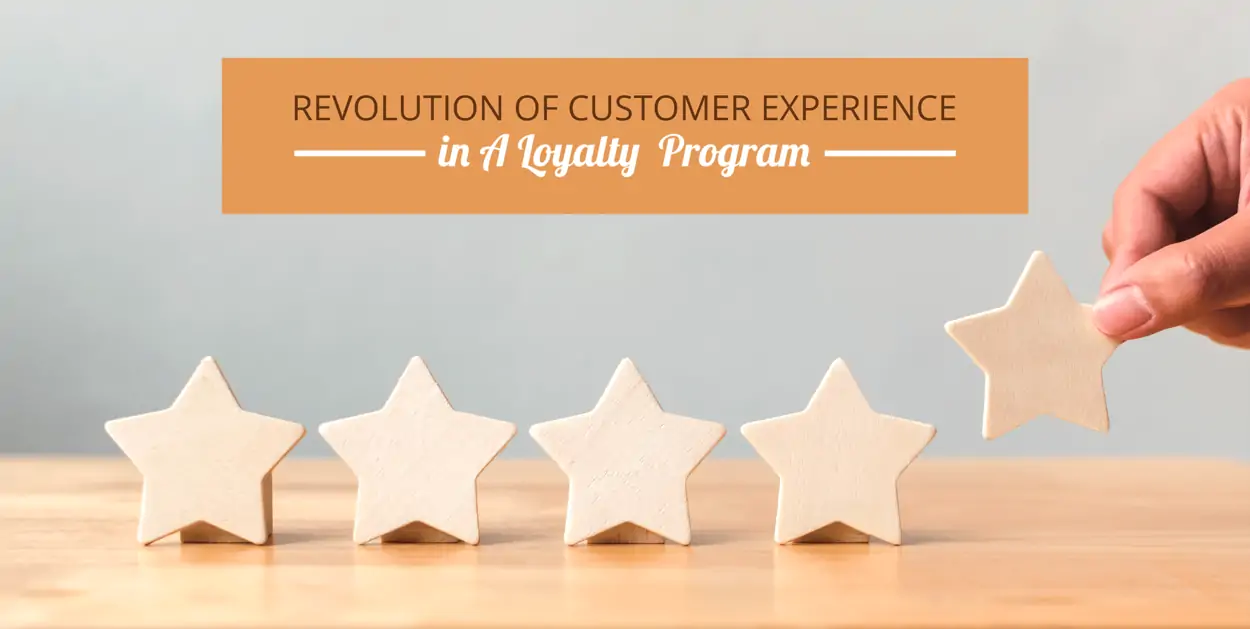Monetary rewards are not the only drivers for customer loyalty. Inherently, such programs have shifted from sign-up bonuses and loyalty points to experiential rewards such as interest-aligned gifts and exclusivity-based milestones. Further, by increasing experiential rewards, customer loyalty also increases on a long-term basis.
Intrinsically, loyalty programs have the potential to unlock great value for business organizations by pushing higher sales and promoting brand affinity. Due to the great value brought in by the loyalty programs, more and more companies have begun to utilize them to increase customer retention and brand loyalty. However, the number of customers who participate in such programs are only about 50%. This suggests that there is room for improvement in most of the loyalty programs.
An MIT Sloan survey of over 9,000 customers related to their experiences with loyalty programs in 9 different business sectors, it was found that these programs were pivotal for the successful growth and development of brands. Further, the study also found that customers who participated in top-quartile loyalty programs were 80% more likely to choose a particular brand over its competitors.
What Constitutes Great Customer Experience?
It is not uncommon for marketers to use customer service and CX interchangeably. One vital aspect to note however is that CX encompasses every interaction or “touchpoint” in the customer cycle while customer service boils down to the actual service offered.
With the advancements in the information and technology domain, customers have become more aware of different products and services available to them. By surfing the web to research information, reading product reviews and complaints, a modern-day customer can easily evaluate the authenticity of a product. Hence, it has become significant for established brands to analyze requirements of their customers and build strong relationships to increase brand visibility and loyalty.
Customers who receive a competent and knowledgeable service from a company are more likely to remember the brand. On the other hand, the most critical reason for abandoning a brand was ‘rude and rushed’ service.
The Digital Marketing Trends report published by the Australian Marketing Institute carried out a survey with different companies. The report singled out that the most exciting business opportunity for the upcoming year was customer experience (CX). Companies who were able to successfully incorporate a CX strategy went on to achieve higher customer satisfaction rates, and increased revenues. In a research presented by American Express also found that 60% of the customers were willing to pay more for a better experience.

Improving CX of Loyalty Programs
Technology has played a major role in shaping up the way in which the customers interact with a business and make purchases. Any organization not focused on this transformation, is at the risk of losing loyal customers.
Inherently, customer experience and loyalty programs share a symbiotic relationship. The main objective of a loyalty program is to bring customers back. Improving the CX of these programs reduces friction and thus incentivizes more people to return.
Importantly, an immersive customer experience is critical for retaining customers. However, with an enhanced CX, the expectations of the customers also increase, making it harder to attain their loyalty. Furthermore, just meeting customer expectations cannot drive loyalty – you need to exceed them. It must be a continuous process, across every interaction, environment, and the journey that collectively creates a customer’s experience.
Enhancing the CX of your loyalty programs can be a multi-faceted and intangible process. To ensure efficiency, brands must incorporate multiple sources of data related to their customers, employees, and existing loyalty program. The CX strategy must be targeted at engaging your customers in the best way that meets their demands. This is in order to capture deeper insights about their purchasing behavior. By promoting collaboration proactively across your organization, and developing actionable plans, you can enhance every customer’s experience with your brand.
To evaluate loyalty, we can use the Net Promoter Score, which indicates how likely a customer can recommend a product to a friend, family or colleague. The score measures the likeliness on a scale from 0 to 10, with a score of 10 being most likely to recommend.
Make Acquiring Points Easy
Loyalty programs have the power to motivate buyers to create accounts, come back, and spend more. Moreover, they also promote creating meaningful connections. Business organizations create effective loyalty programs by importing elements from psychology, behavioral economics, and game design.
However, it gets frustrating for the customers during the points redemption process when they discover the myriad number of rules, regulations, terms and conditions, and redemption exclusions. Therefore, it is important for companies to integrate their loyalty programs and rewards with their entire product line and ensure that customers can redeem their points for any product available on the official website.
Brands are creating a seamless experience for customers by offering them a 360-degree loyalty rewards program.
More About The Author: Anand Srinivasan

Anand Srinivasan is the founder of Hubbion, a suite of free business apps and resources. The Hubbion project management app was rated among the top 20 apps its category for 2017 by Capterra.
Twitter Profile: Anand Srinivasan


